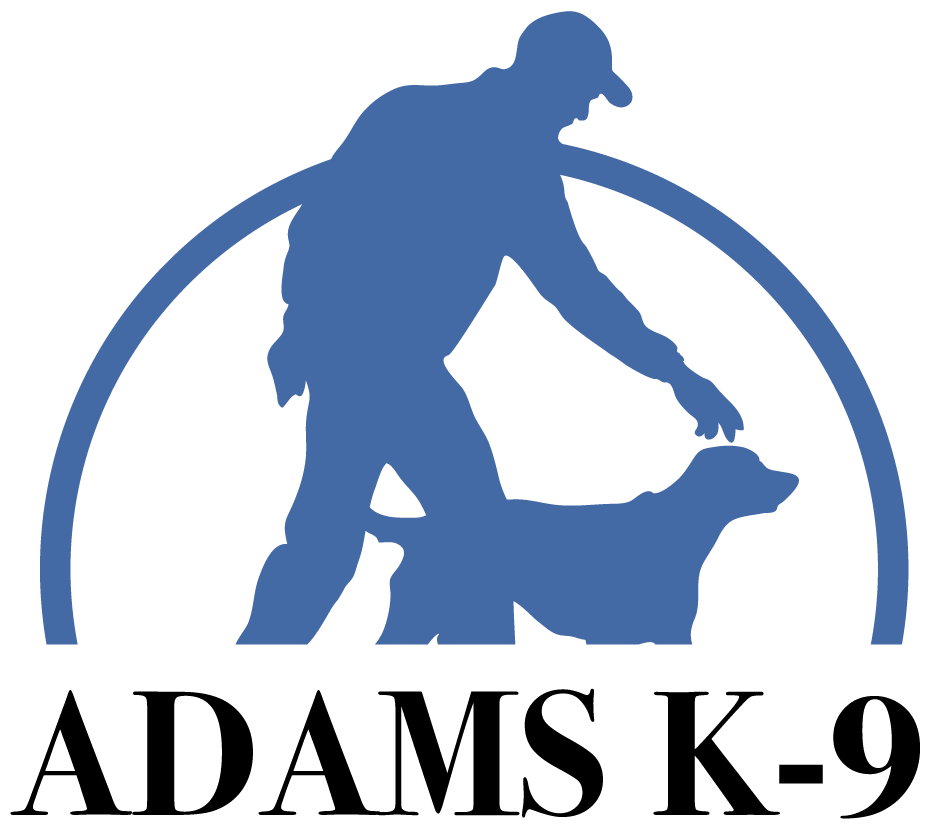When people need help with dog training, the first place they look is the internet. One thing you will quickly learn is that there are two main options regarding methodology of dog training. There are all positive trainers who only use positive reinforcement to teach basic behaviors, such as sit, down, place, heel, and come. They use the same for addressing unwanted behavior issues: jumping, barking, lunging, digging and so on.
Positive Trainers
All positive trainers teach behavior by rewarding the wanted behavior and not rewarding the unwanted behavior. They need to figure out why the dog is misbehaving and then come up with a plan to teach the dog to change that behavior. For example- why is a dog jumping on you? The dog likely jumps on you to seek attention. To correct this, do not give attention when he jumps on you, but reward the dog when all four paws are on the ground.
Food Can Be Your Friend
Food is a primary reinforcer for all positive training technique. Clickers are a frequently used tool for all positive dog training. When I train puppies, this method is how I teach sit, down, place, follow, come and other tricks. Especially for puppies, food is a great motivator and easy reward for positive behavior.
Other Rewards
The approach has to change if I have a nervous dog or one who isn’t really motivated by food. Options include petting, verbal praising and toys as a reward, but using these methods may take longer to teach behavior. A toy-motivated dog may get overstimulated when it sees the toy and have a difficult time focusing on learning. Much like with using food as a reward, consistency is key using other rewards.
If you want to go the route with an all positive trainer, that’s great- go for it! Whenever you are hiring a trainer, you need to trust your gut feeling. Hire someone you are comfortable working with. If they get the job done and you are happy with your dog’s behavior, that is what matters most. No one will ask you what methodology was used to train your dog, they only will ask who you used because they want their dog to be as well behaved as yours.
Balanced Dog Trainers
Balanced trainers also mark behavior, use treats, and ignore unwanted behavior just like the all positive trainers, but they also have another option in teaching your dog. Instead of saying “Yes” all the time like the all positive trainers, they also teach the dog “no”. Communicating “yes” and “no” gives your dog more information to learn with. We teach “yes” and “no” by pairing the yes with positive reinforcement and the no with a negative reinforcement, which we also call a correction. Balanced trainers use operant conditioning when training dogs.
Operant Conditioning Basics
Operant Conditioning contains the four quadrants of learning: Positive Reinforcement, Negative Reinforcement, Positive Punishment and Negative Punishment. Before we go any further we need to define these terms.
- Positive means to add something
- Negative means to remove something
- Reinforcement means to increase behavior
- Punishment means to decrease behavior
Examples
- Positive reinforcement would be to give the dog a treat when he sits. Name the behavior “sit”. Sit = Treat. The dog learns to put his butt down when you say sit, because the result will be a treat.
- Negative reinforcement for a dog counter surfing would be to no longer leave food on the counter. By removing food, the dog will no longer counter surf.
- Positive punishment could be used to keep the dog from jumping on people. We use a remote collar and stim the dog each time he jumps. The tickle on his neck goes away when all four paws are on the floor. The dog learns not to jump so his neck doesn’t tickle. The positive is adding the stim of the remote collar to decrease behavior and train him to stop jumping.
- Negative punishment would be to remove something to decrease behavior. For example, your dog gets aggressive when he has raw hide bones. The dog no longer gets raw hide bones and the aggression goes away. Removing a high value item can teach the dog to no longer show aggression.
Balanced dog trainers use all four quadrants of learning when training dogs. The more information you can give the dog, the quicker they will learn. I recently hired a trainer that came from an all positive training facility. She’s doing a great job and picked up our methods quickly. She said our training methods are much quicker and get better results than the all positive system she came from. The dogs at our facility seem happier and less stressed because of the clear communication they are getting from our trainers.
There are very good trainers and very bad trainers. When you need help training your dog, ask veterinarians, groomers, or do your research. Read the testimonials, meet the trainer, watch their training and go with your gut feeling. If it’s a good fit, you found your trainer. If the trainer rubs you the wrong way or you are just not sure, keep looking. This should be a one time investment for your fur kid. A well-behaved dog is what everyone wants and a good trainer will help you reach your goals.


